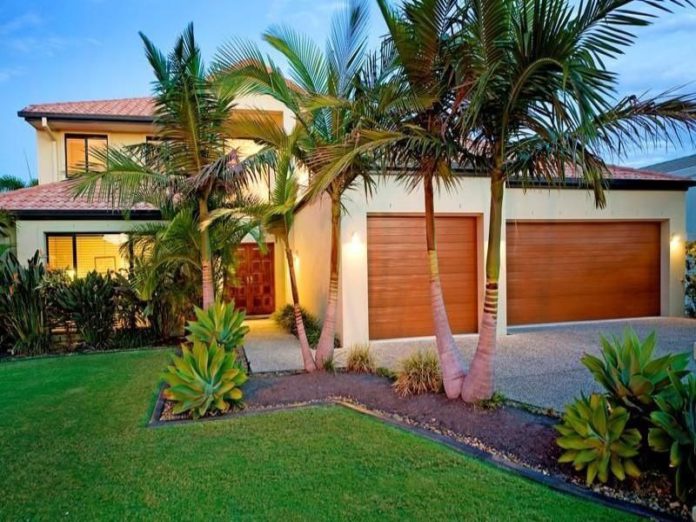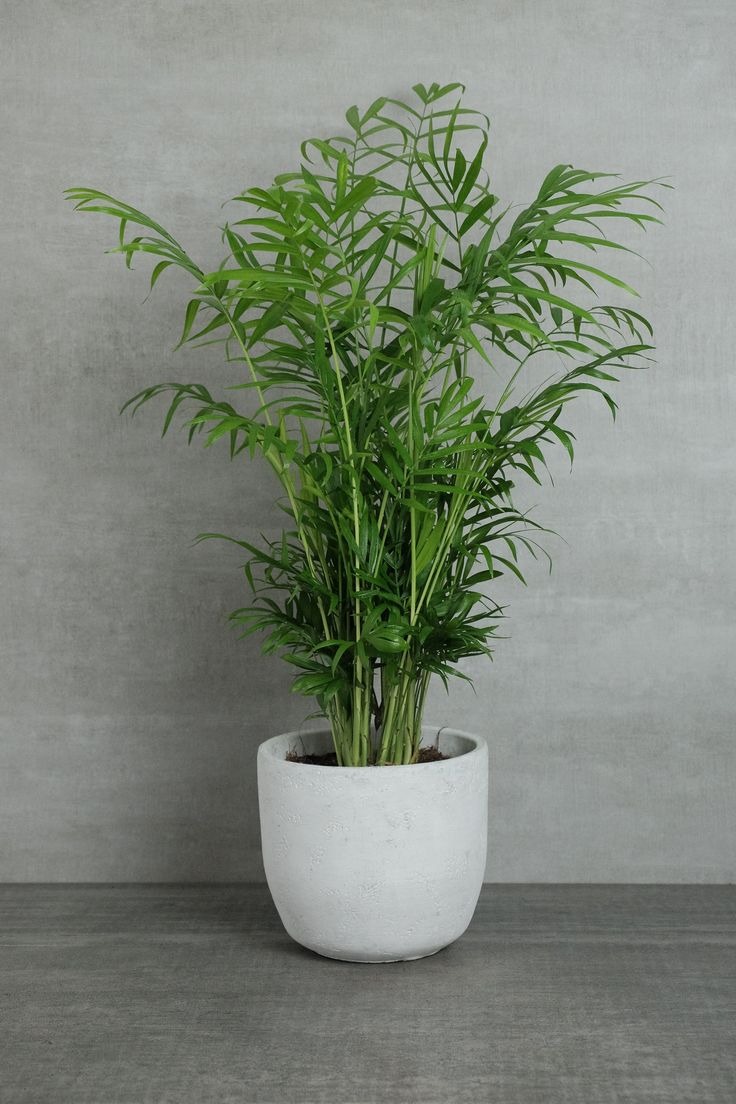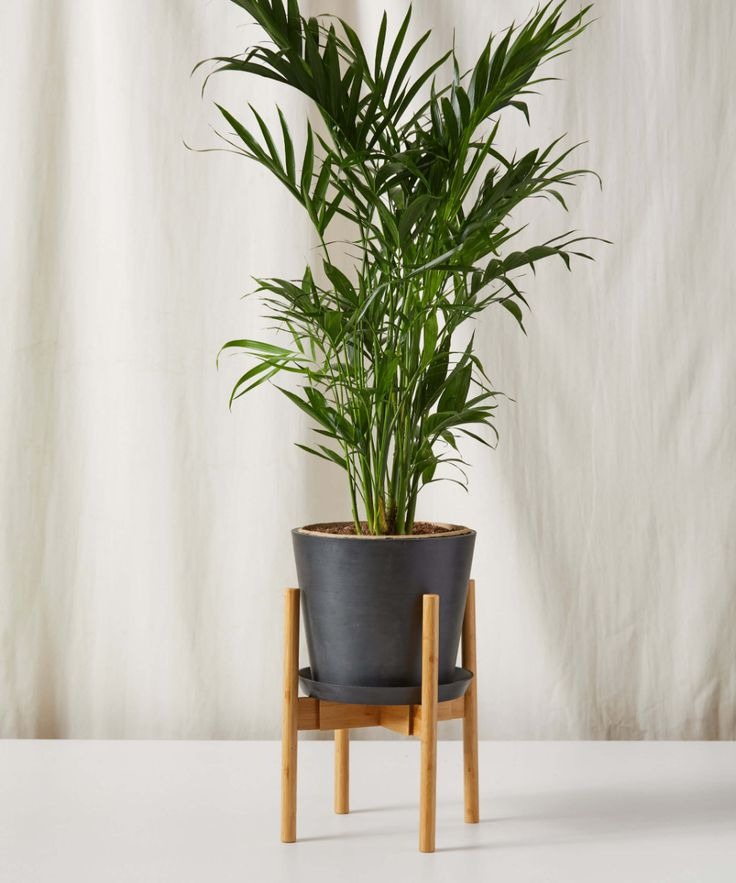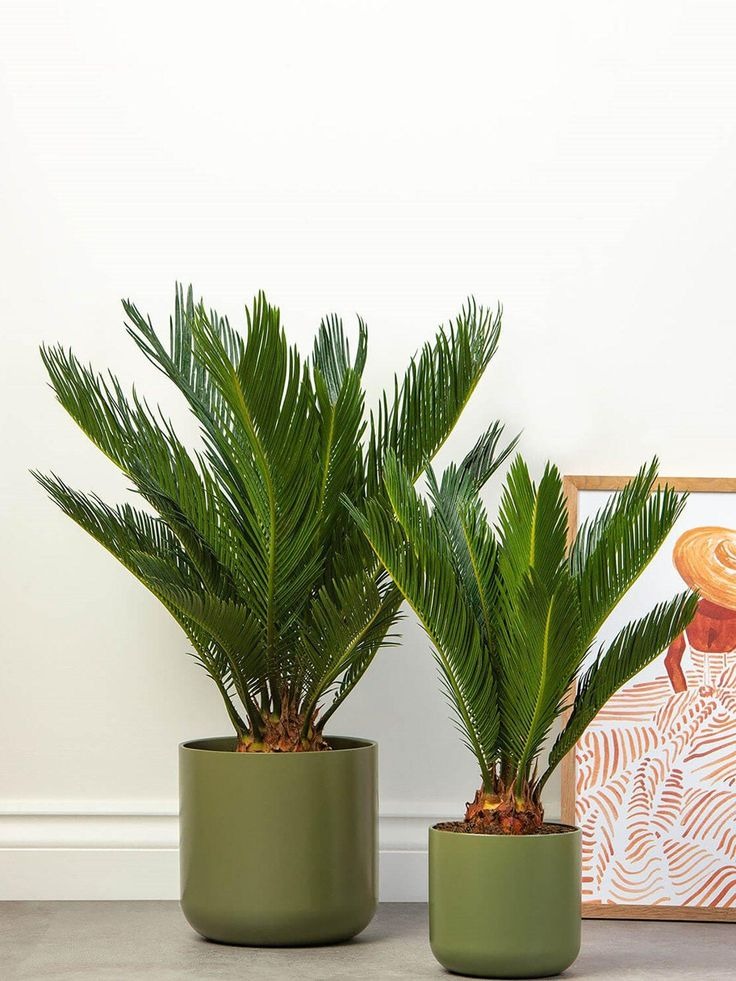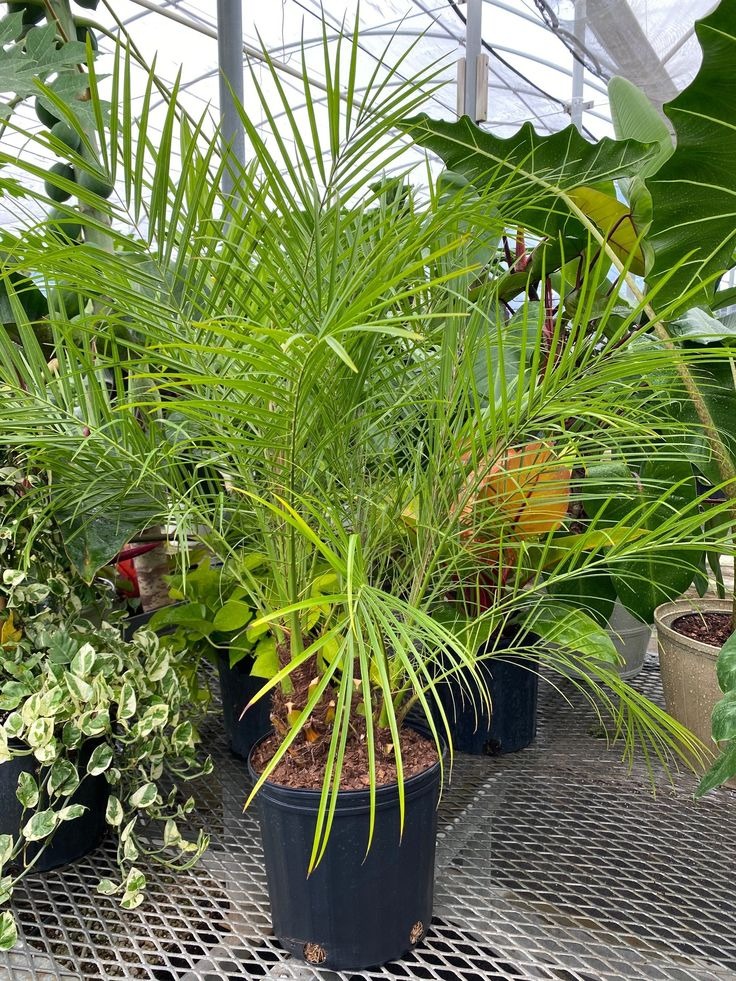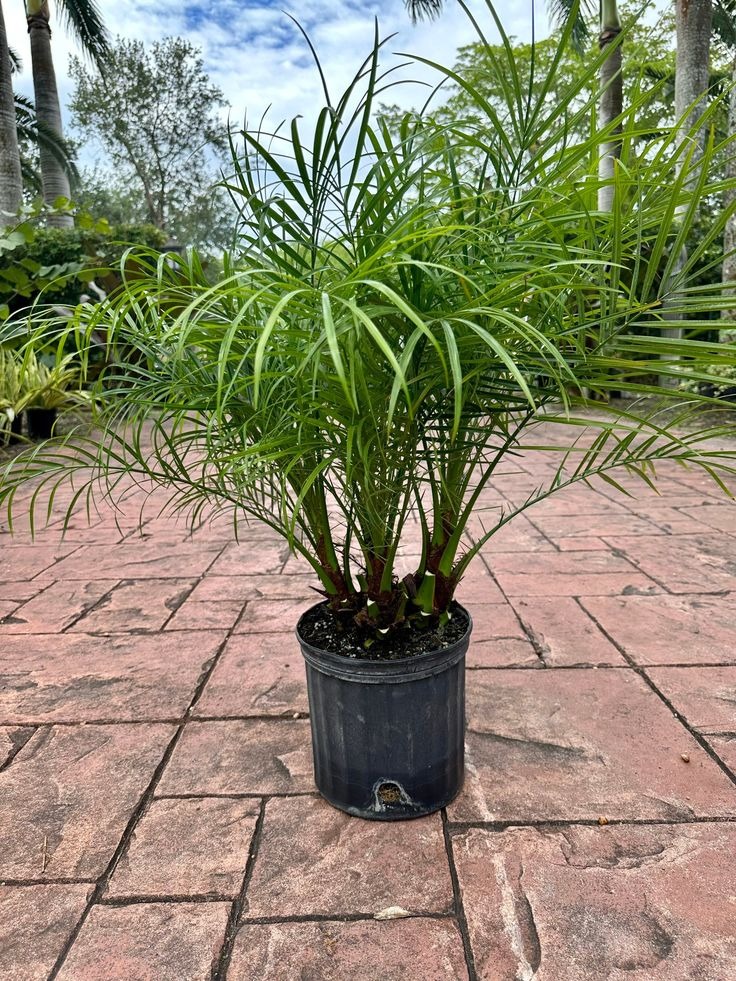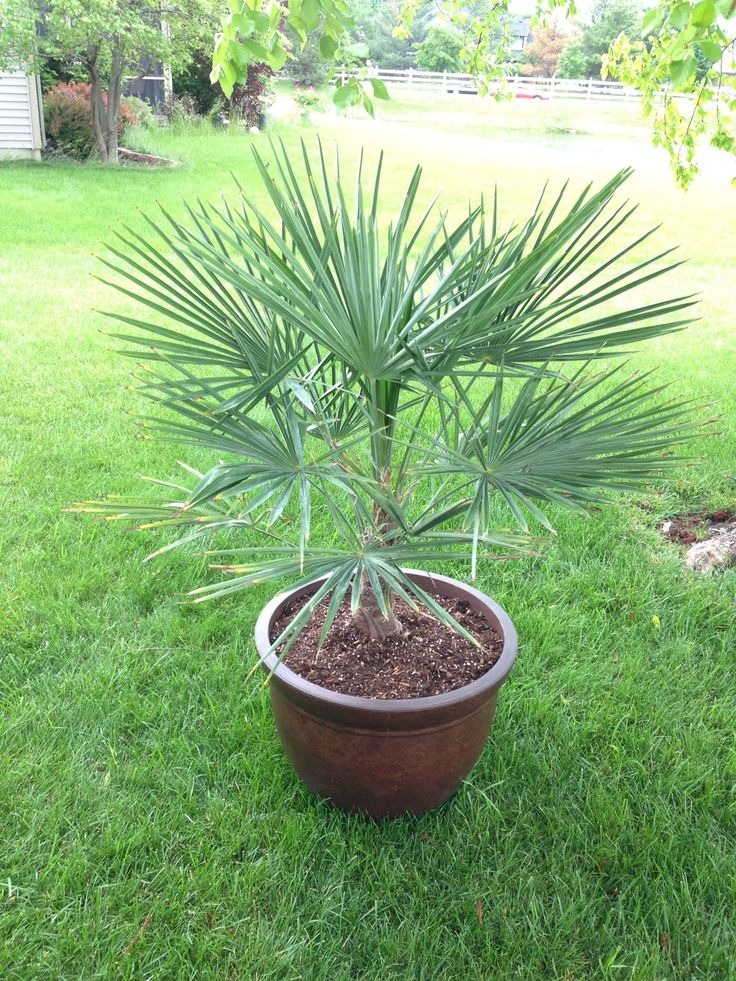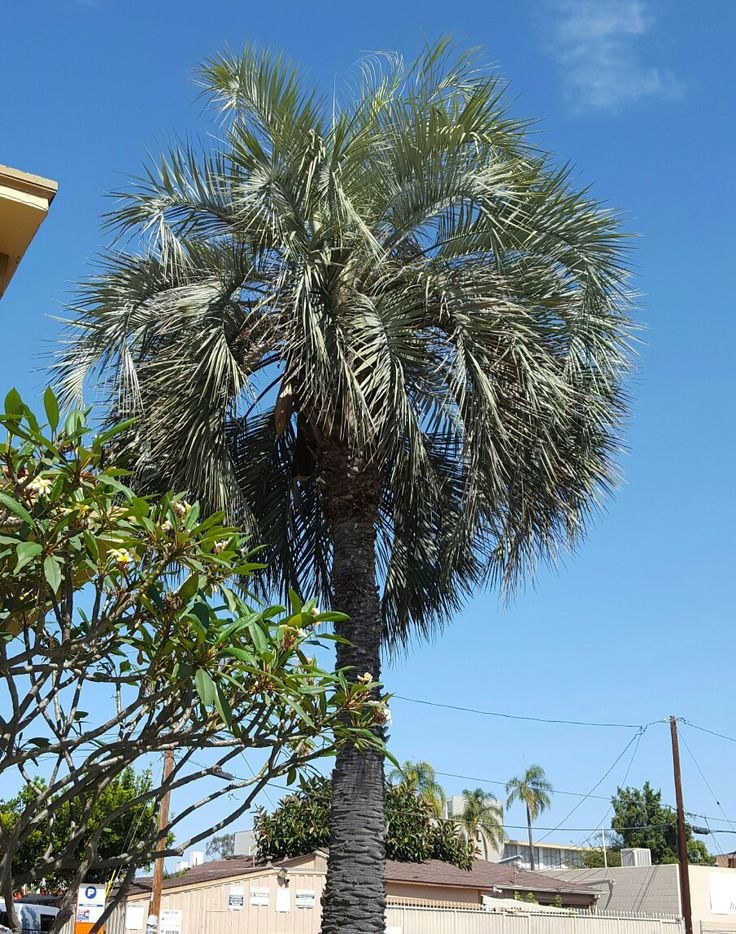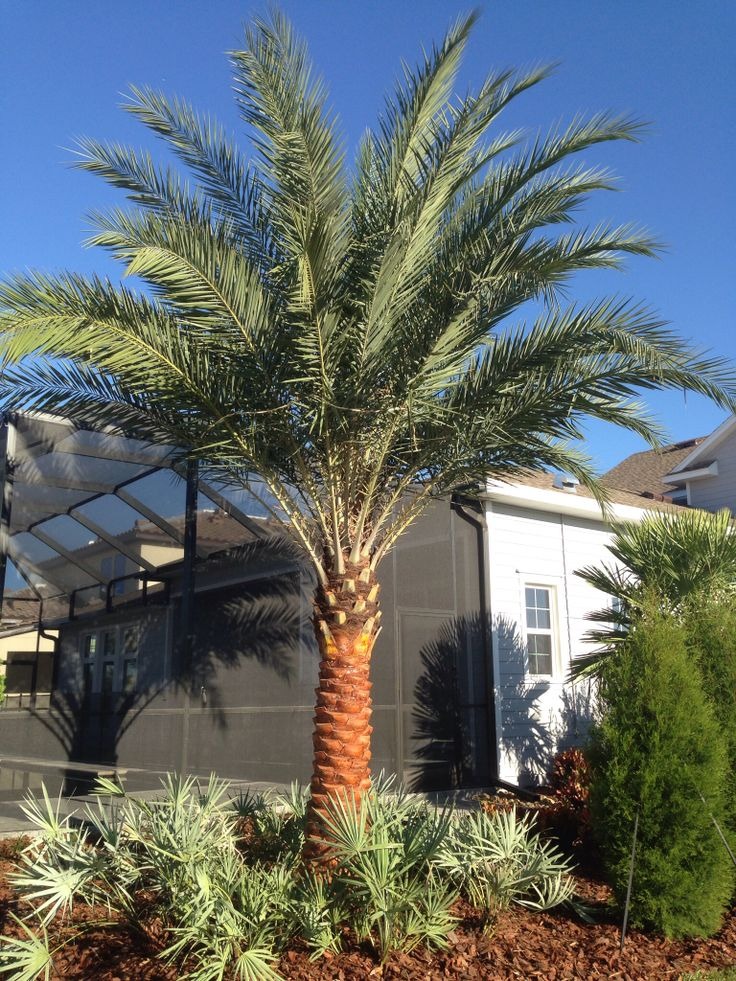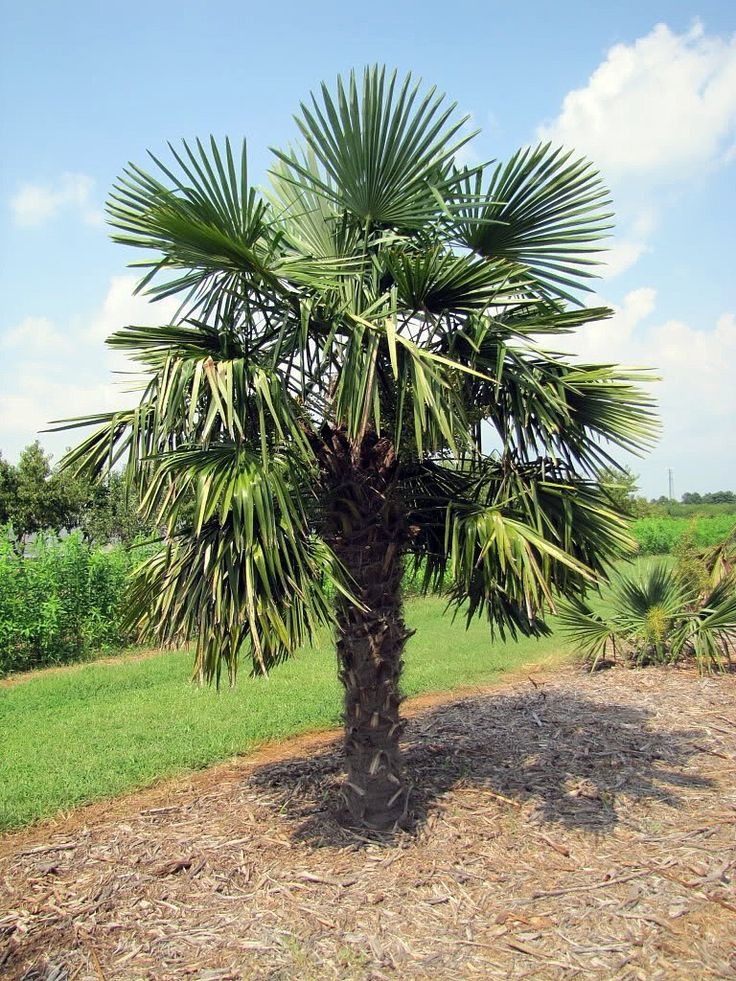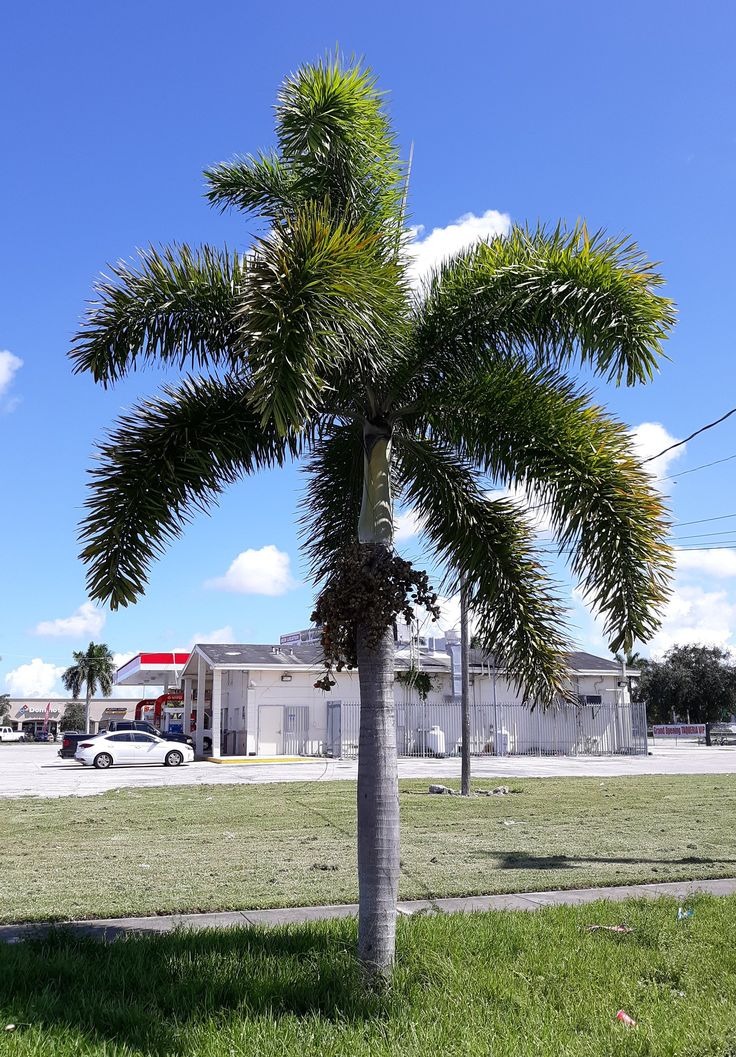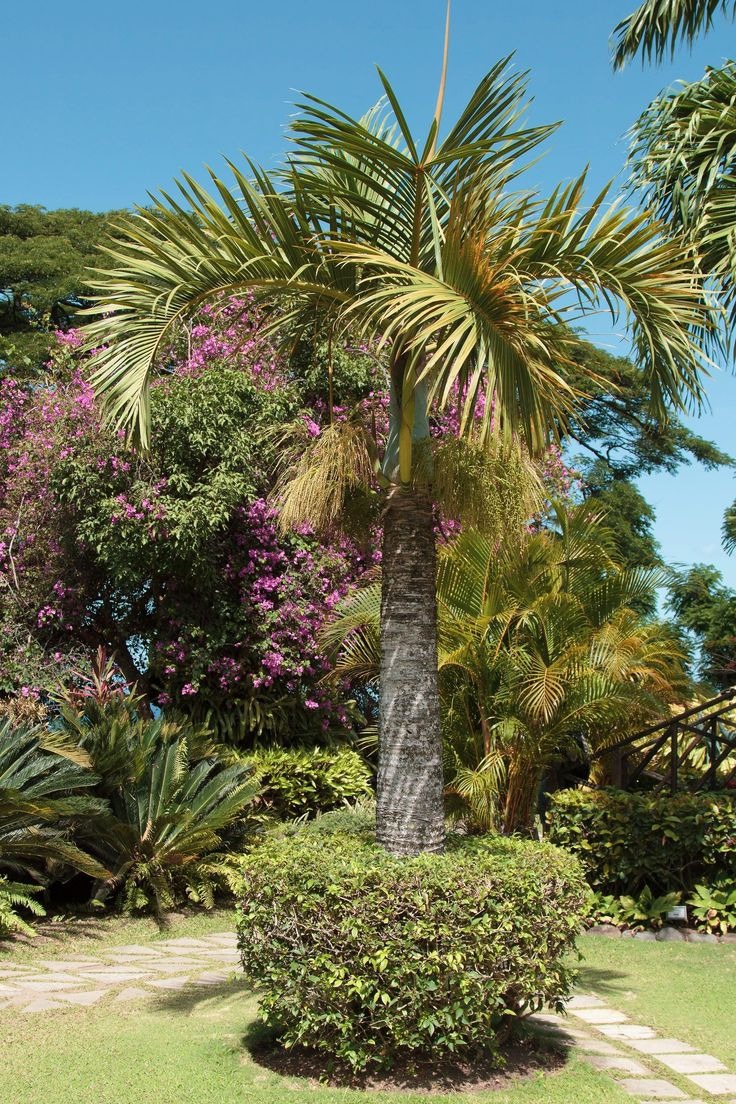Homesfornh.com – A palm tree is a part of succulents. This plant is identical to a high and strong tree. Palm tree has many varieties. Some high palm trees are stunning to grow in a front yard. Besides, some short palm trees look better to grow indoors. As an ornamental plant, a Palm tree has an attractive appearance. It looks like a desert plant. Their leaves are long and glossy. Besides, some outdoor palm trees have tiny thorns along the stems. They can grow taller and produce small fruits. If you want to grow palm trees in your garden, let’s see seventeen varieties of palm trees below!
-
Parlor Palm
The first idea is Parlor Palm. It is an outdoor tree with a wide growing. Parlor Palm is often put in a warm place like tropical climate conditions. It loves sunny places where it gets lots of sunlight. This plant will spread multiple stems when it grows in healthy environments.
Besides, Parlor Palm needs enough water but not overwatering. It grows best in hardiness zones 10 to 12. Therefore, the topsoil gets easy to dry. Moreover, you can prune their stems during the first growing. It may stimulate Parlor Palm to grow quickly.
1 of 17
-
Cat Palm
Cat Palm is a small palm tree. Most gardeners grow it as an indoor plant. Cat Palm has slender fronds and a wide impression. This plant can grow up to eight feet tall. Therefore, it is versatile as an indoor or outdoor plant. If it grows well, it may produce tiny yellow flowers along its stalks in late winter seasons.
Cat Palm is easy to care for. It loves hardiness zones 9 to 11. Most Cat Palm trees grow best under partial sunlight. The mature Cat Palm tree can reach 6-8 feet tall. This drought-tolerant plant will grow better in well-draining soil.
2 of 17
-
Blue Latan Palm
Blue Latan Palm or Latania loddigesii is another outdoor palm tree. It has an interesting color scheme. Their silvery-blue leaves will attract attention to your garden. Also, it has pale silvery trunks. As a drought tolerant, Blue Latan Palm grows well even in salty or poor soil.
This palm tree can grow up to 20-25 feet tall. It will grow better in hardiness zones 10 to 11. Blue Latan Palm prefers full sun to partial shade. The mature plant looks stunning to beautify the entryways. Therefore, you can plant it along the driveways in your front yard.
3 of 17
-
Sago Palm
Sago Palm is a long-lived plant. It is also known as Cycas revoluta. This palm is native to Asia. Therefore it prefers full to partial sun. It grows better in hardiness zones 9 to 10. The mature plant can reach 3 to 10 feet tall.
Moreover, this palm is easy to care for. Sago Palm prefers regular watering even though it tolerates drought conditions. If you have this plant in the garden, keep your pets away from it because Sago Palm is a toxic plant. Besides that, you will love this plant to make a simple conifer in your garden.
4 of 17
-
Lady Palm
Lady Palm or Rhapis excelsa is another long-lived plant. It is native to Southeast Asia. This plant is also known as broadleaf palm or bamboo palm. Most Lady Palm trees grow better in warm places like tropical conditions. Therefore, you must take a sunny spot before planting Lady Palm in your garden.
Moreover, this plant has an interesting appearance. It has glossy and dark green leaves. This small palm looks stunning to grow in a container as well. It can grow up to 15 feet tall. Most Lady Palm trees are drought tolerant. It can grow well once you plant it in your garden.
5 of 17
-
Needle Palm
Needle palm is a cold hardy palm. It has a botanical name Rhapidophyllum hystrix. This plant has slender needle-like leaves. Their leaves are pale silvery-green which makes them stunning. Unlike other palms, the Needle Palm grows as a shrub palm.
Needle Palm prefers to grow in full to partial sun. Also, it loves hardiness zones 6 to 10. This drought tolerant can grow up to 6 feet tall. Therefore, you can plant it in a container indoors. Meanwhile, it grows well under partial sun like in shady places.
6 of 17
-
European Fan Palm
The European Fan Palm is another small palm. It has a botanical name Chamaerops humilis. This plant grows well in tropical climates. It prefers to get full sun to partial sun. Most European Fan Palms can reach 6-15 feet tall when growing mature.
Moreover, this palm has blue-green fronds. It can grow single or multiple trunks. This plant also grows small orange fruits. It is a normal cycle if European Fan Palm grows in a healthy environment. Besides, almost all European Fan Palms will tolerate drought conditions once they grow well.
7 of 17
-
Pygmy Date Palm
Pygmy Date Palm or Phoenix roebelenii is a small version of Date Palm. Unlike other palms, it loves high humidity. Therefore, it is better to provide enough water for Pygmy Date Palm. Also, this palm tree will grow better in full to partial sunlight. It looks better to grow in the front yard.
Besides, Pygmy Date Palm can produce black seed pods. Those seeds will turn dark red over time. Moreover, this plant can spread the crowing of fronds. It looks attractive as an ornamental plant. Also, this palm will tolerate hard conditions but it prefers to get enough water. The mature plant can grow up to 12 feet tall.
8 of 17
-
Dwarf Palmetto
Dwarf Palmetto or Sabal Minor is a colorful variety. It has gray-green leaves with strappy textures. This palm looks stunning as a shrub. It produces white flowers from spring to late summer. Their flowers are beneficial to attract pollinators like bees and butterflies.
Moreover, this palm is easy to care for. It needs full to partial sunlight to grow well. Also, the perfect area is hardiness zone 8 to 11. This palm can grow up to 11 feet tall. Dwarf Palmetto can be drought tolerant when it grows well in the soil.
9 of 17
-
Pindo Palm
Pindo Palm or Butia capitata is an attractive plant. It is native to Brazil. This plant grows well in hardiness zones 8 to 11 and tropical climates. Pindo Palm tolerates salt and poor soil. Besides, it prefers to get fertile and moist soil. Their root system will spread better in that environment.
Pindo Palm has an attractive appearance. It has striking green-blue fronds. Their squat trunk has a rounded shape. Moreover, this palm is drought tolerant and you must avoid overwatering. The mature plant can reach 20 feet tall.
10 of 17
-
Puerto Rican Thatch Palm
Puerto Rican Thatch Palm is a stunning palm tree. It is also known as Coccothrinax barbadensis. Like its name, this palm is native to Puerto Rico. This plant has silver fronds. After blooming time, Puerto Rican Thatch Palm produces dark purple fruits. It looks interesting to grow in your front yard.
Besides, Puerto Rican Thatch Palm can grow up to 20-25 feet tall. It loves full sun and tropical climates. This plant is versatile as it adapts to all types of soil. It tolerates poor and salt soils. You can grow it in your garden as a natural accent.
11 of 17
-
Bottle Palm
Bottle Palm has a botanical name Hyophorbe lagenicaulis. This plant is also known as Palmiste gargoulette. It has tall trunks. Like its name, this plant has a bottle-like shape. Their fronds are a bit feathery. It makes Bottle Palm look natural.
Moreover, Bottle Palm is drought tolerant. It survives in hard conditions. Most Bottle Palms prefer moist and well-draining soil. Also, it loves full to partial sunlight. The mature size can reach 8-10 feet tall.
12 of 17
-
Saw Palmetto
Saw Palmetto or Serenoa repens will bring a tropical impression to your garden. It is a dwarf palm that can grow up to 10 feet tall. This palm is an ideal choice for green landscaping. It has teeth-like edges on the fronds. Saw Palmetto grows like a small bush.
Besides, Saw Palmetto is easy to care for. It loves full to partial sunlight. Most Saw Palmetto plants will grow best in hardiness zones 8 to 11. As a drought tolerant, Saw Palmetto survives in minimum water. The mature plants can reach 10 feet tall.
13 of 17
-
Windmill Palm
The Windmill Palm or Trachycarpus Fortunei is tall. This plant is also known as Chusan Palm. It grows fan-shaped fronds when growing well. Most Windmill Palms grow in Asia, Europe, and the United States. Thus, it is quite hard to tolerate all conditions.
This plant can grow up to 20 feet tall. It requires partial sunlight to partial shades. Once it grows well, it will be drought tolerant. Windmill Palm is a good choice for people who need shady plants. You can grow it along your driveway.
14 of 17
-
Foxtail Palm
The Foxtail Palm or Wodyetia bifurcata is a wide canopy palm. It can spread up to 20 feet. Most Foxtail Palms grow up to 30 feet tall outdoors. This palm loves full to partial shades. It grows even taller in tropical climates.
Like other palms, it is drought tolerant. It survives well in hard conditions. Some Foxtail Palms will grow maximum and reach maturity after 20 years. Foxtail Palm is an attractive choice for a beautiful ornamental tree. We recommend you grow Foxtail Palm in the entryway for your garden landscape.
15 of 17
-
Areca Palm
Areca Palm is a popular palm from Madagascar. It has a botanical name Dypsis lutescens. This plant loves full to partial sun. It prefers hardiness zones 10 to 11. Thus, Areca Palm will grow maximum in a sunny area.
Moreover, the Areca Palm is tall. The mature size can reach 30 feet tall. This drought tolerant will grow better in humid soil. It requires regular watering but not overwatering. You will love to see mature Areca Palms with yellow-green leaves that resemble bamboo.
16 of 17
-
Spindle Palm
The Spindle Palm or Hyophorbe verschaffeltii looks like a Bottle Palm. It has a unique trunk as you can see its shape. When it grows mature, the trunk’s shape may change. Besides, it still looks attractive as an ornamental plant. You can plant it in a sunny garden along the driveway or entryway.
Also, this palm tree is easy to care for. You can start growing Spindle Palm by a young plant. Ensure that it gets full sun to grow well. The mature plant can reach 25 feet tall. It is quite high for your garden landscape.
17 of 17
These are palm tree varieties. Most palms are drought-tolerant. This plant survives hard conditions but prefers enough water and sunlight. Some palms are small and look like shrubs. Meanwhile, the tall palms will make a good choice for landscaping. You can choose the best palm that fits your garden. Hopefully, this post will inspire you to find the right one. Good luck and happy gardening.

